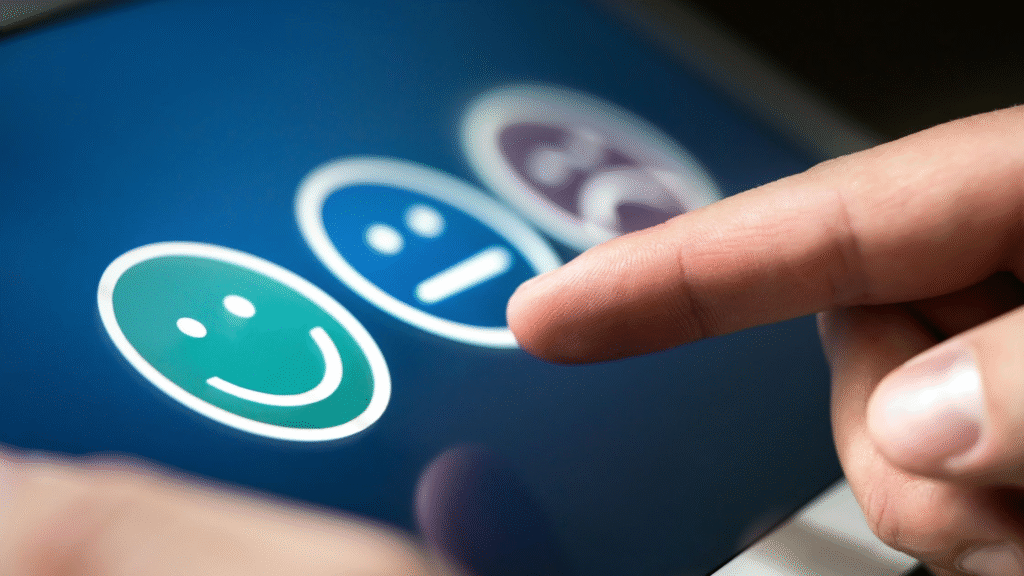Physical Address
304 North Cardinal St.
Dorchester Center, MA 02124
Physical Address
304 North Cardinal St.
Dorchester Center, MA 02124

Product launch isn’t just another task on your startup to-do list—it’s a make-or-break moment that determines whether your idea will thrive or fade away. I’ve been there myself: staring at the final prototype, double-checking my launch emails, and wondering if I’d done enough. If you’ve ever felt the same, you’re not alone. Product launch is both thrilling and terrifying. But with a good product launch plan, supported by market research, smart budgeting, and some insider tips and tricks, you can convert this anxious milestone to a triumph.
Before you jump into the thrill of a launch, you need to really know the world you’re jumping into. I had no idea when I went and launched my first product how much of a difference research could make. It’s not merely understanding your competition; it’s seeing your target audience’s behavior, likes, and dislikes.
Use surveys, social media research, and competition analyzers to find out what your audience actually needs. You are able to align your product features, determine a reasonable price, and determine when to launch your product after gaining this info. Keep in mind—data is not dull; it’s your path to success.
A good launch plan is like having a GPS for your company’s road map—it stays you on course. Your plan needs to detail out each step of the way, from pre-launch hype to post-launch follow-up.
Begin with defining your objectives: are you looking for brand awareness, user registrations, or revenue from sales? Next, plot your channels. Match organic activity (such as social media teasers or influencer partnerships) with paid ones (such as sponsored listings or product demos). Ensure all your channels have harmonious messaging—it creates credibility and hype.

I always advise doing a soft launch or beta test to get some early feedback. It’s an excellent way to iron out your final rollout and snag any last-minute bugs.
You can have the best product on the planet, but if you launch it at the wrong time, it will fail. Timing is a science more than people credit for.
Outside-the-box thinking, such as holidays, seasonality, or even competitor events. Launching a travel product during the start of summer or a fitness product when the year starts, for instance, can make it more identifiable.
In one of my previous launch planning experiences, I accidentally went live in the middle of a prominent industry conference where all brands were fighting for grabs. Lesson learned—occasionally, the less hubbub, the more you have space to glow.
Let’s get real here: your budget is either your best friend or worst enemy when it comes to successful launch. One of the biggest errors I made back in the beginning was diluting my budget too much in too many areas of marketing. You must spend wisely.
Spend on areas of greatest impact: product quality, marketing, and launch events. Save money by riding free marketing avenues such as user reviews and referral schemes. Set aside part of your budget as a reserve fund—you will always end up with unexpected costs.

An equilibrated budget ensures your product receives the promotion it deserves without destroying your startup.
Product launch does not take place overnight—it is a team effort. You might be a solo founder or working with a couple of people, but ensure that everyone is aware of his or her place.
While launching my first product, I understood how important it is to have people with expertise for customer support, marketing, logistics, and content. Your team needs to be as prepared for the deluge of questions as your product would for the market.
Think of your team as an orchestra—every player has to play his part in harmony for your launch to strike the right notes.
Feedback isn’t criticism, it’s a mirror reflecting where your product stands. Instead of going full-on, do some beta testing or offer early access to a few customers.
When I did that again on the second launch, the response totally revamped how I promoted the product. I found few things that I had missed and streamlined my product launch accordingly. If you listen to your users, they will feel appreciated—and that emotional connection can make them lifelong fans.

Even the best products fail if they are not promoted aggressively. A good marketing plan is a combination of creativity, consistency, and simplicity. Your goal should be to make people feel something when they see your product.
Mix organic and paid approaches:
Each campaign must bring your audience to one location—action. Simplify the process for them to buy, subscribe, or advocate.
Avoid holding back on promotional activities for launch day. Begin hyping your product months ahead of time to make some buzz. When I released sneak peeks and behind-the-scenes shots, engagement went wild. Utilize pre-launch landing pages, contests, or sweepstakes to drive emails and create anticipation.
Humans enjoy belonging to something “exclusive.” The moment you go live, they will feel like insiders who have been keeping their breath for the grand opening.

Most small business owners believe that launch is the pinnacle. It isn’t. It’s just the beginning. Post-launch is where you track success, collect feedback, and refine your product launch strategy.
Track measures such as website traffic, conversion rates, and customer feedback. Get to know your new customers—personally thank them, ask for referrals, and keep them updated on improvements or new functionality.
A post-launch plan continues momentum long after launch day.
Even veterans make these mistakes:
Steer clear of these mistakes, and you’ll be miles ahead of the crowd.
Humans don’t buy products—they buy stories. Share your story. Share them why you created this product, what it will solve, and how it will make their life better.
I’ve seen engagement nearly double since incorporating personal anecdotes into my product videos. Authenticity builds trust, and trust sells.
Success is not all about sales; it’s about progress. Consider retention, engagement rates, and feedback quality.
Monitor every detail of your launch performance using analytics tools. Optimize and refine as you go—learning, improving, and doing it all again.
As soon as your product is available in the market, the job is barely finished. Continue to enhance, develop, and listen to customers. Regular updates not only drive satisfaction but also keep your brand up to date in a fast-changing marketplace.
Each launch that I’ve been a part of is a learning experience. From finding the necessity to conduct market research to operating with budget constraints and developing a focused product launch strategy, I’ve learned that success is all about patience and preparation.
Your initial launch won’t be flawless—and that’s fine. It’s not about whether it’s perfect or not but rather that you learn, evolve, and continue improving.
A product launch is a mix of strategy, timing, and imagination. With the right market research, proper budget, good product launch plan, and smart tips and tricks, you can make something really exceptional.
Remember, product launch is not about launching it—it’s about sharing the world your story and why your product matters. If I can do it, you can do it too. Keep pushing, keep inquiring, and most importantly—have faith in what you’re doing.
Share your details, and we will get back to you shortly!
This will close in 0 seconds
Share your details, and we will get back to you shortly!
This will close in 0 seconds